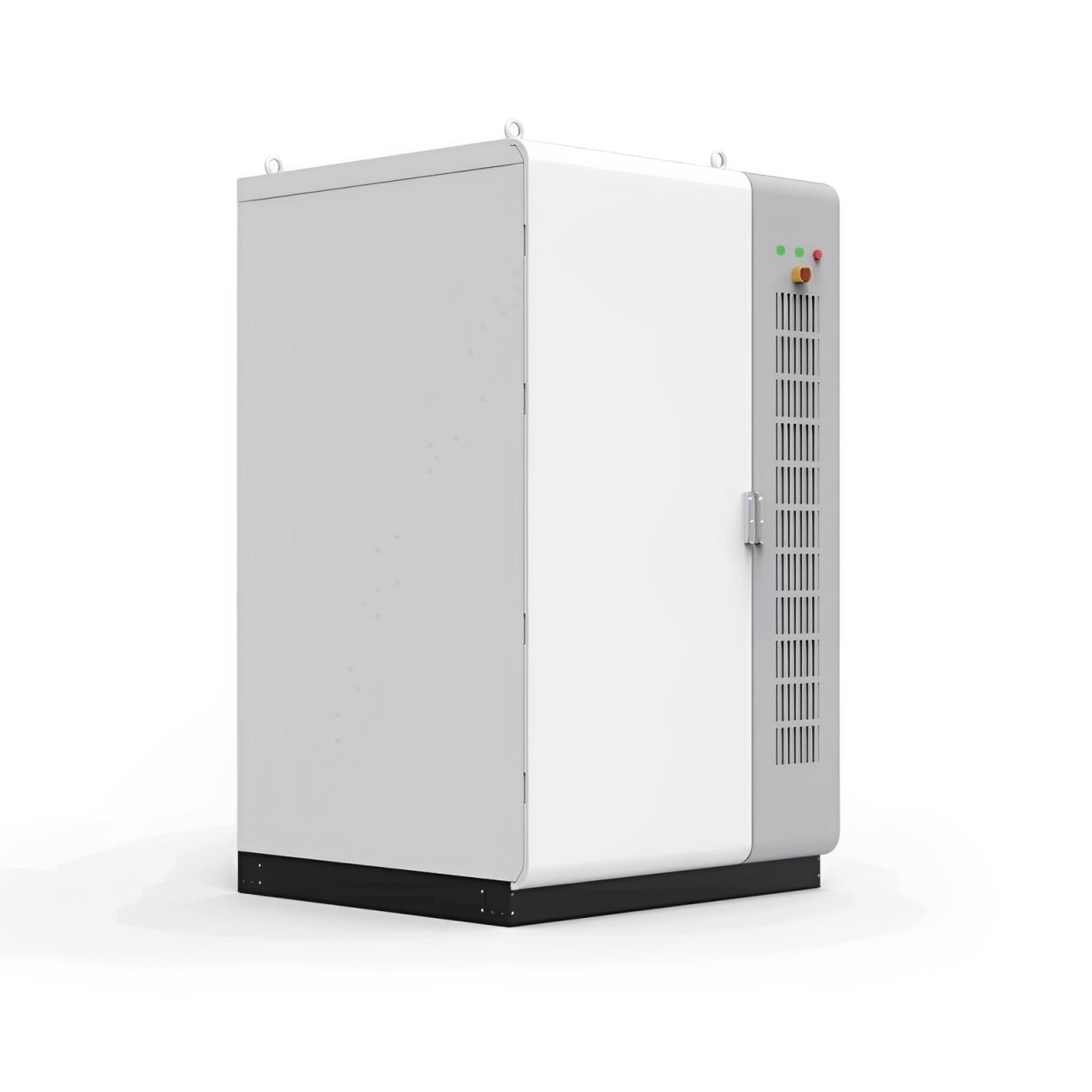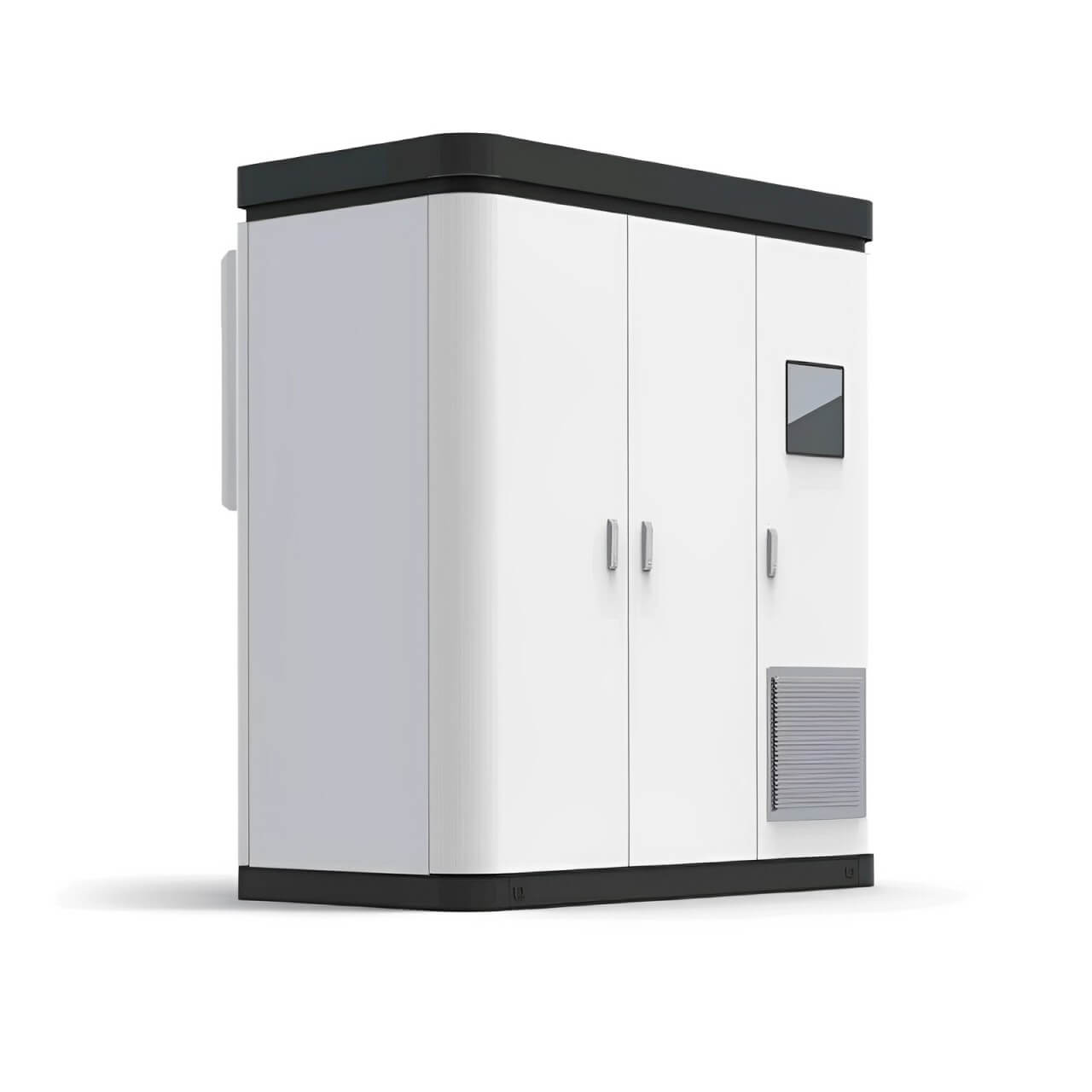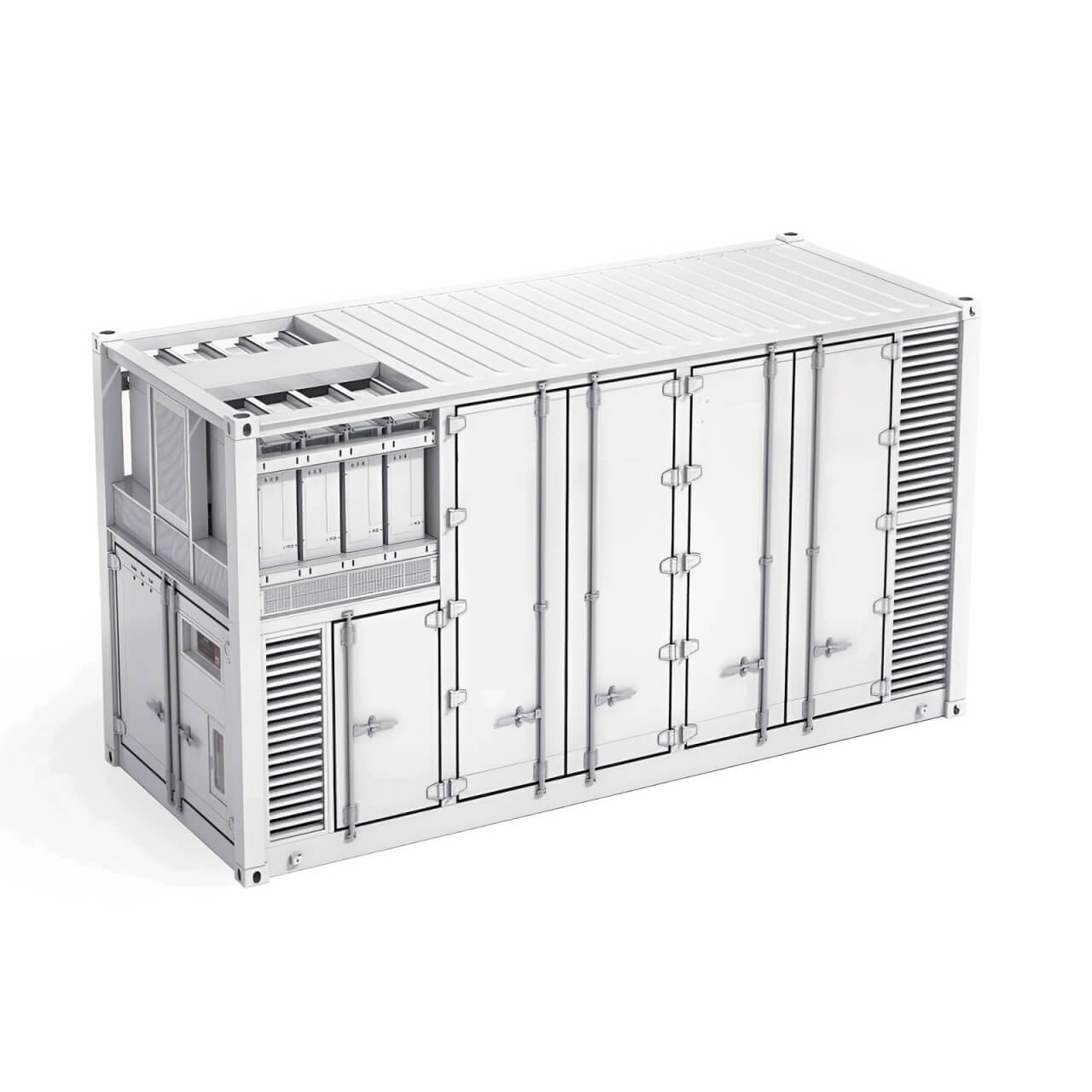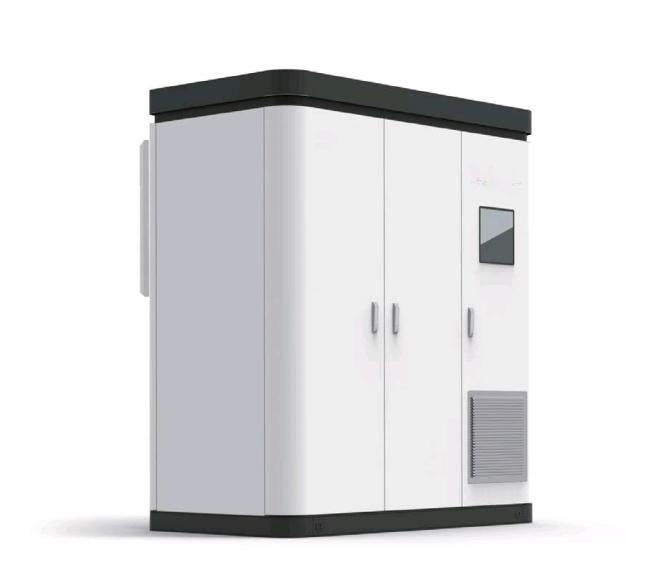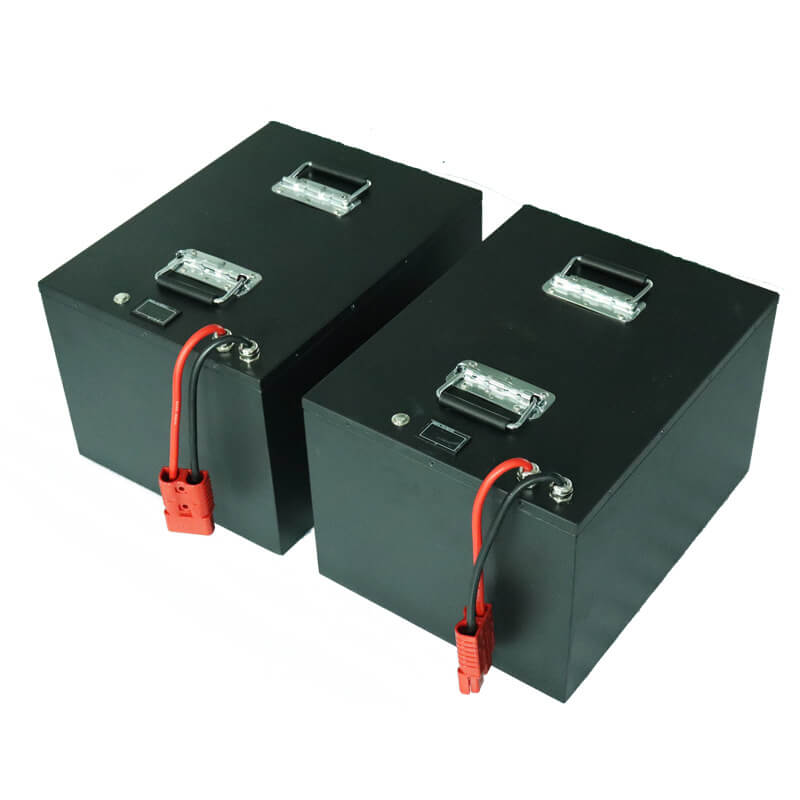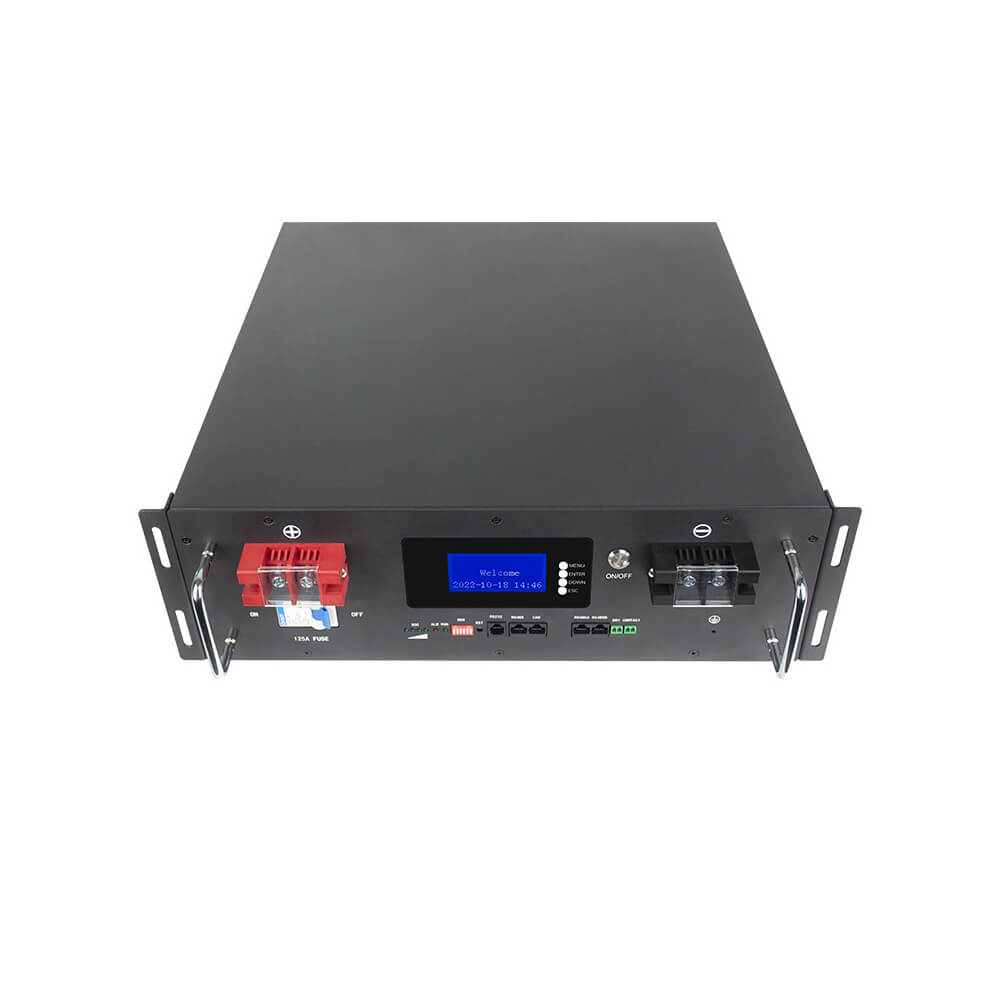The ultimate way to completely eliminate the anxiety of new energy vehicle range? 6 questions to talk about solid-state batteries
It is an open secret that Toyota is spending a lot of energy on the research and development of solid-state batteries behind closed doors.
Once Toyota's solid-state battery is successfully mass-produced, the range will directly reach 1200km, even exceeding that of fuel vehicles, and the pain points of pure electric power will be solved at once.
However, it seems that it will take some time for solid-state batteries to be mass-produced, but in the meantime, semi-solid-state batteries have been put into use.
So do you really understand semi-solid-state batteries and solid-state batteries?
Today, CSIT China Lithium Battery Manufacturer will take you to understand it from the perspective of engineers through 6 questions.
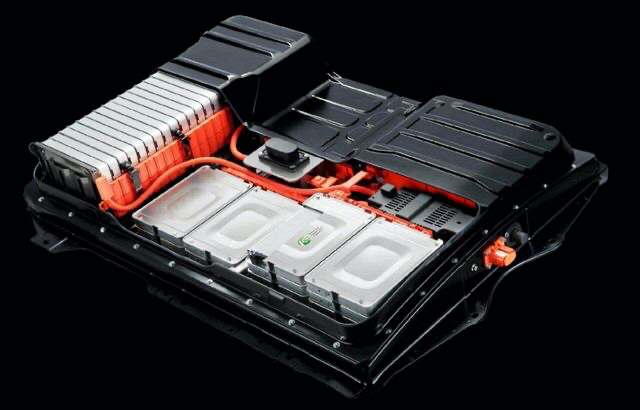
01. What is a semi-solid-state battery?
In traditional lithium batteries, the positive and negative electrodes are "energy warehouses", and the electrolyte is like a "channel" that allows lithium ions to move freely between the positive and negative electrodes. Therefore, it is also called a liquid battery.
As the name suggests, semi-solid-state batteries use a hybrid design of solid electrolytes and liquid electrolytes.
Specifically, semi-solid batteries have made innovations in electrode materials. They use slurry formed by mixing fine lithium compound particles with liquid electrolyte as electrode materials. This hybrid design allows the battery to maintain the high safety of solid-state batteries while also having the high ion transfer rate of liquid batteries.
In addition, the structure of semi-solid batteries is also unique. It realizes ion exchange and current flow through two beams of positive and negatively charged slurry flows and a water-permeable membrane.
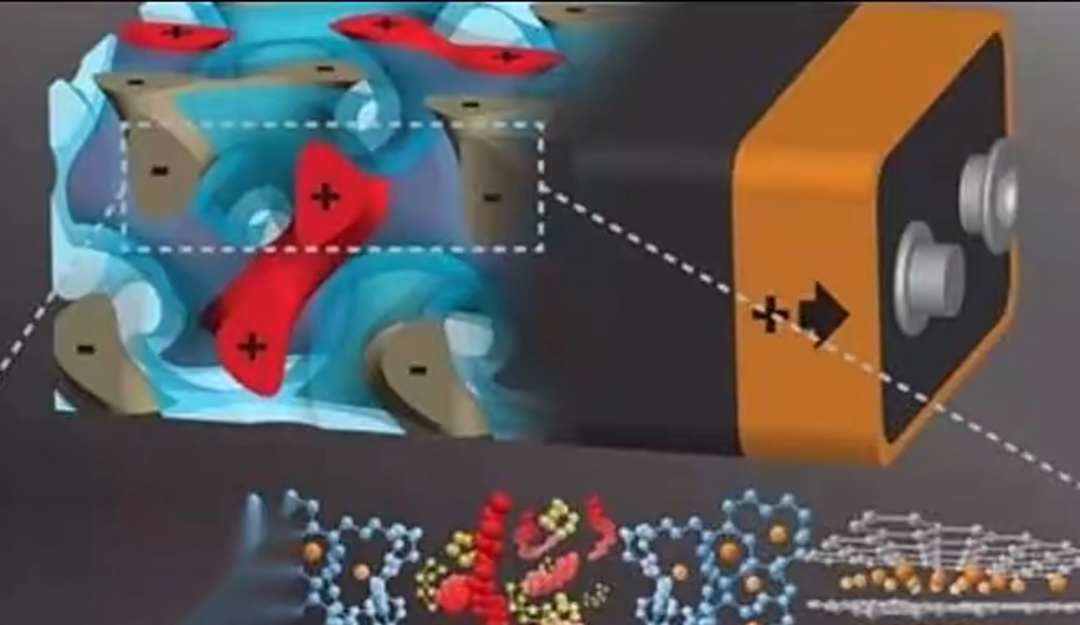
02. What is the essential difference between semi-solid batteries and solid-state batteries?
Semi-solid batteries and solid-state batteries are similar in principle, but there are three significant differences between them.
First, the state of the electrolyte is different. Solid-state batteries use completely solid electrolytes, while semi-solid batteries use a mixed design of solid electrolytes and liquid electrolytes.
Second, the upper limit of energy density is different.
Since solid-state batteries use completely solid electrolytes, their energy density is usually higher. Of course, semi-solid-state batteries can also achieve higher energy density by optimizing electrode materials and structural design to meet the needs of most applications.
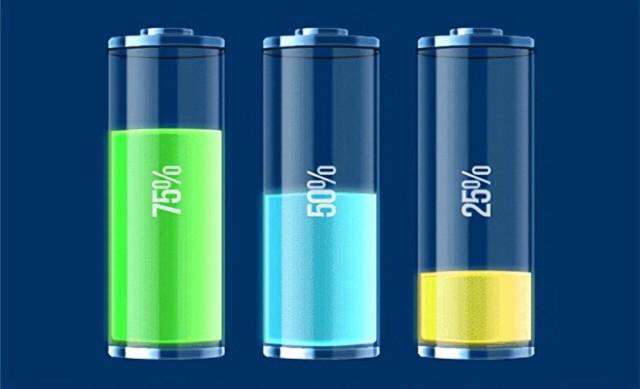
Third, solid-state batteries use a new structure and materials, so the production process is more complicated and the cost is higher than that of semi-solid-state batteries; while semi-solid-state batteries can learn from the production technology and equipment of traditional liquid batteries to a certain extent, reducing production costs and being more conducive to large-scale commercial applications.
03. How to distinguish semi-solid/solid-state batteries?
Some people think that as long as metal is added to the electrolyte, it is a solid-state battery. I personally think that this is a bit inappropriate!
So I asked my friends in the circle to find out. In fact, there is no clear standard in the industry to define the solid degree of the battery.
Perhaps the explanation of Li Zheng, co-founder of Qingtao Energy, the battery supplier of Zhiji L6, can be used as a reference:
"The two concepts of semi-solid and quasi-solid are the commonly accepted names in the industry. Generally, they are divided according to the proportion of liquid electrolyte in the battery cell: liquid (25wt%), semi-solid (5-10wt%), quasi-solid (0-5wt%) and all-solid (0wt%)".
The corresponding percentages are also clearly divided. With such a reference, it is actually clear at a glance.
04. What are the advantages of solid-state batteries?
Semi-solid batteries and solid-state batteries have four obvious advantages:
First, they are safe.
There are two meanings here. First, the use of solid electrolytes makes the battery more compact and reduces the risk of liquid electrolyte leakage. Second, the high stability of solid electrolytes further improves the safety of the battery and reduces the possibility of explosion accidents during use. This actually solves the problem of lithium batteries being prone to "spontaneous combustion".

Second, they have high energy density.
Due to the addition of solid electrolytes, batteries can store more energy in the same volume, thereby improving the endurance of the car.
Third, they have long cycle life.
This is actually due to the stability of solid electrolytes, so they can better maintain their capacity and performance during long-term use, reducing the frequency and cost of battery replacement.
Fourth, they are more widely applicable.
Compared with the problem that traditional liquid batteries may fail at extreme temperatures, solid-state batteries can work normally in a wider temperature range, which makes their application in extremely cold or hot environments more feasible.

05. What are the difficulties of solid-state batteries?
There are actually quite a few difficulties. Let's talk about two key points here.
First, the selection and synthesis of materials.
Semi-solid batteries require the use of special solid electrolytes and positive and negative electrode materials. The synthesis and selection of these materials need to take into account multiple factors such as battery performance, safety, and cost. At the same time, these materials need to have good ionic conductivity, chemical stability, and mechanical strength. How to be compatible with so many factors and conditions is a difficult problem!
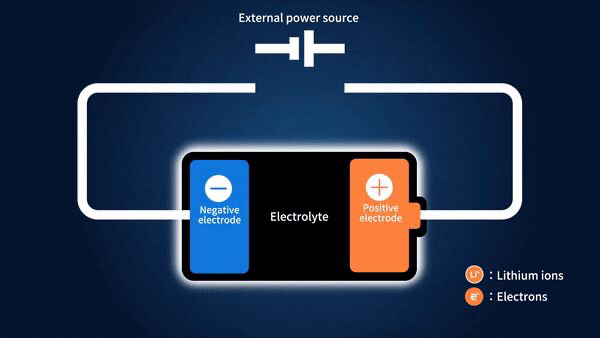
Second, the production process is complicated.
The manufacturing process of solid-state batteries involves multiple steps, including material preparation, electrode coating, electrolyte filling, battery packaging, etc. These steps require high-precision equipment and strict production control to ensure the quality and performance of the battery.
The quality of the production process directly affects the performance of the battery, so not all companies are capable of doing solid-state batteries.
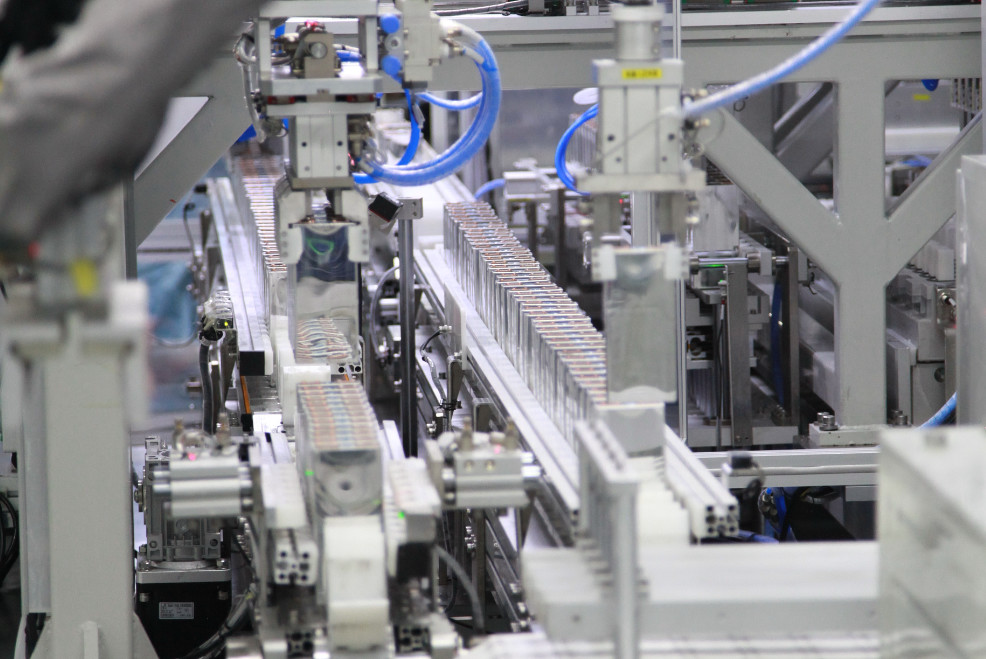
06. How far is the semi-solid/solid-state battery from mass production?
Remember the time when NIO drove the 150kWh ET7 for a long distance of more than 1,000 kilometers? NIO claims that this is a solid-state battery. You see, its actual range is still much better than that of lithium batteries.
Before the mass production of all-solid-state batteries, semi-solid-state batteries can be used as a transition to retain the activity of lithium batteries, improve battery energy, and increase its stability and safety.
From another perspective, is a range of 1,200km or even 1,500km necessary? Some people may think that it is not necessary, but if it can be achieved and can reduce the number of times you need to recharge, then isn’t that a good thing? I wonder what you think of solid-state batteries?

 简体中文
简体中文 Russian
Russian French
French German
German Japanese
Japanese Korean
Korean Arabic
Arabic Spanish
Spanish